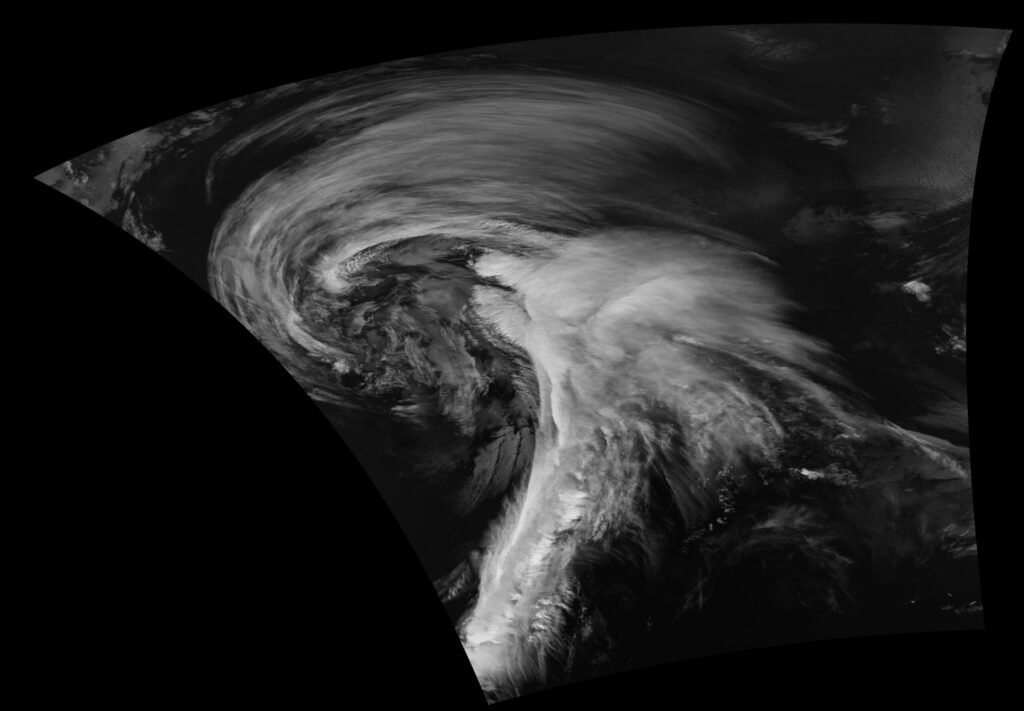Cyclone behavior in the Great Lakes region has changed gradually over the years, affecting communities around the lakes and contributing to climate change. The Laurentian Lakes are particularly affected as they are at the crossroads of multiple Extratropical Cyclone (ETC) tracks.
A research letter published in Geophysical Research Letters in 2023 examined cyclone characteristics from 1959 to 2021 to identify trends in ETCs. The ultimate goal of the study was to understand how ETCs are changing in a warming climate.
method
The cyclone data was limited to the Great Lakes region over a 60-year cold season (October through March) and averaged over one year. A Lagrangian analysis was performed on individual ETCs passing through the region to determine how the air masses within the cyclone have changed over recent decades.1
During the study period, 866 cyclones were identified and classified as large, long-range cyclones and small, short-range cyclones. The median cyclone track (2,000 km) was used to distinguish between long-range and short-range cyclones. Distinguishing between the two types can help us better understand whether long-lived storms are more affected by warming or whether all ETCs are affected equally.
On February 21, 2014, a powerful late-winter cyclone brought heavy snow and severe blizzard conditions to the northern Great Lakes and northern Plains. In the warmer parts of the storm, numerous tornadoes, large hail, and damaging winds were reported across the eastern United States. Suomi NPP observed the storm multiple times, including just before 1800 UTC on February 21. (Credit: NASA / Goddard / UWM / SSEC / CIMSS / Suomi NPP, via Flickr CC BY 2.0)
result
Historical analysis revealed that “air masses within cyclones gained moisture and warmed faster than the overall climate.”1 In addition to changes in the climate characteristics associated with cyclones, the tracks of ETCs were shown to be shifting upwards over time.
This change in trend suggests that the frequency of warmer winter temperatures and heavy rainfall is increasing in the lowlands of the region. Although short-track cyclones are not always included in ETC studies, in this case we included short-track cyclones because even smaller ETCs affect the Great Lakes region.
With over 30 million people relying on the Great Lakes for drinking water and generating $17.8 billion in GDP in 2020, identifying potential impacts to the region is essential. Ultimately, understanding trends in Great Lakes ETCs can support management and infrastructure changes as the region weathers these storms.
sauce
Hutson, A., Fujisaki-Manome, A., & Glassman, R. (2024). Historical trends in cold mid-latitude cyclones in the Great Lakes region. Geophysical Research Letters, 51, e2024GL109890. https://doi.org/10.1029/2024GL109890
Source link

